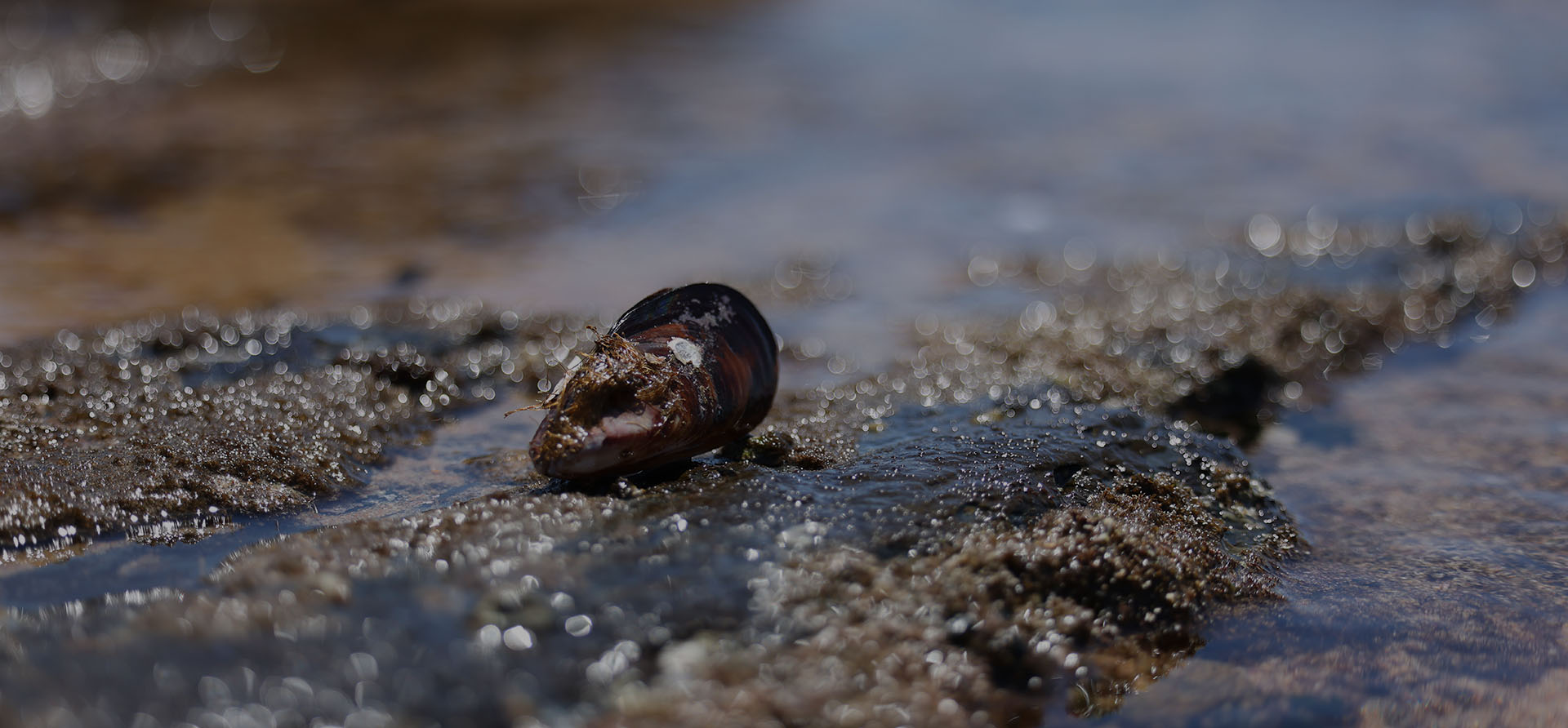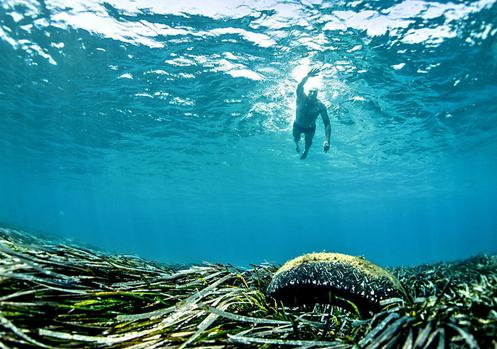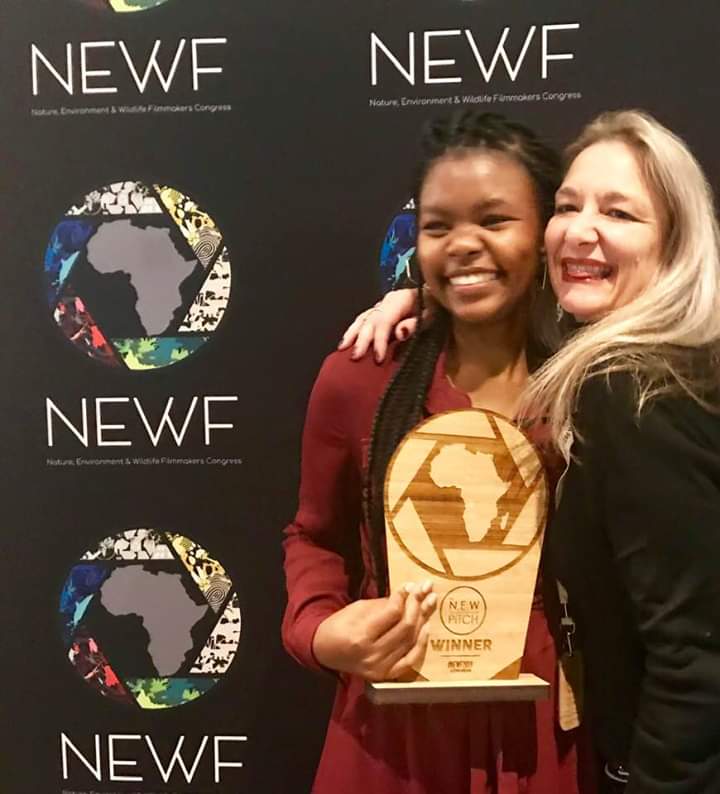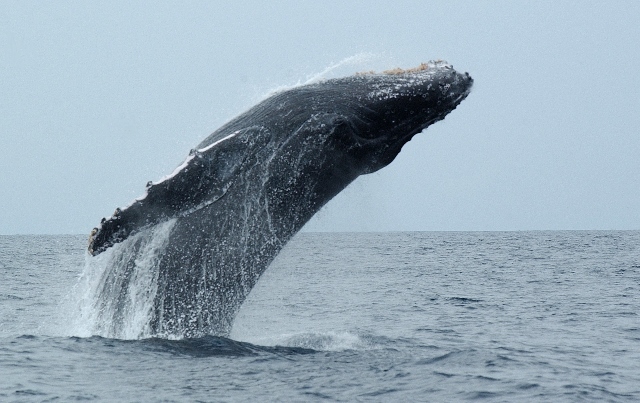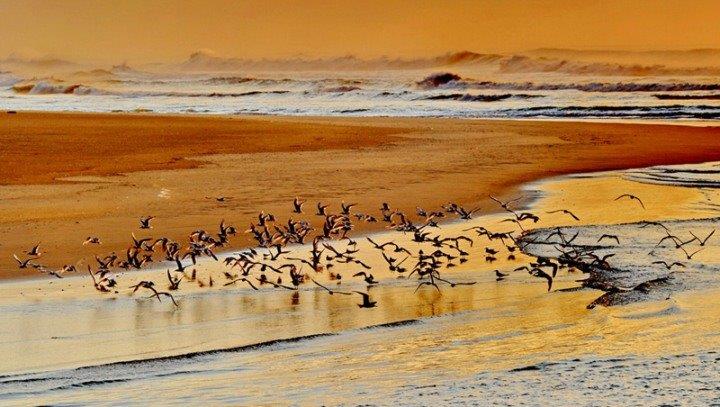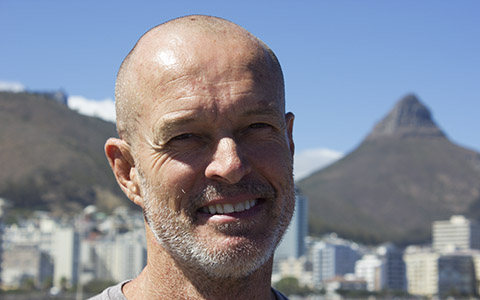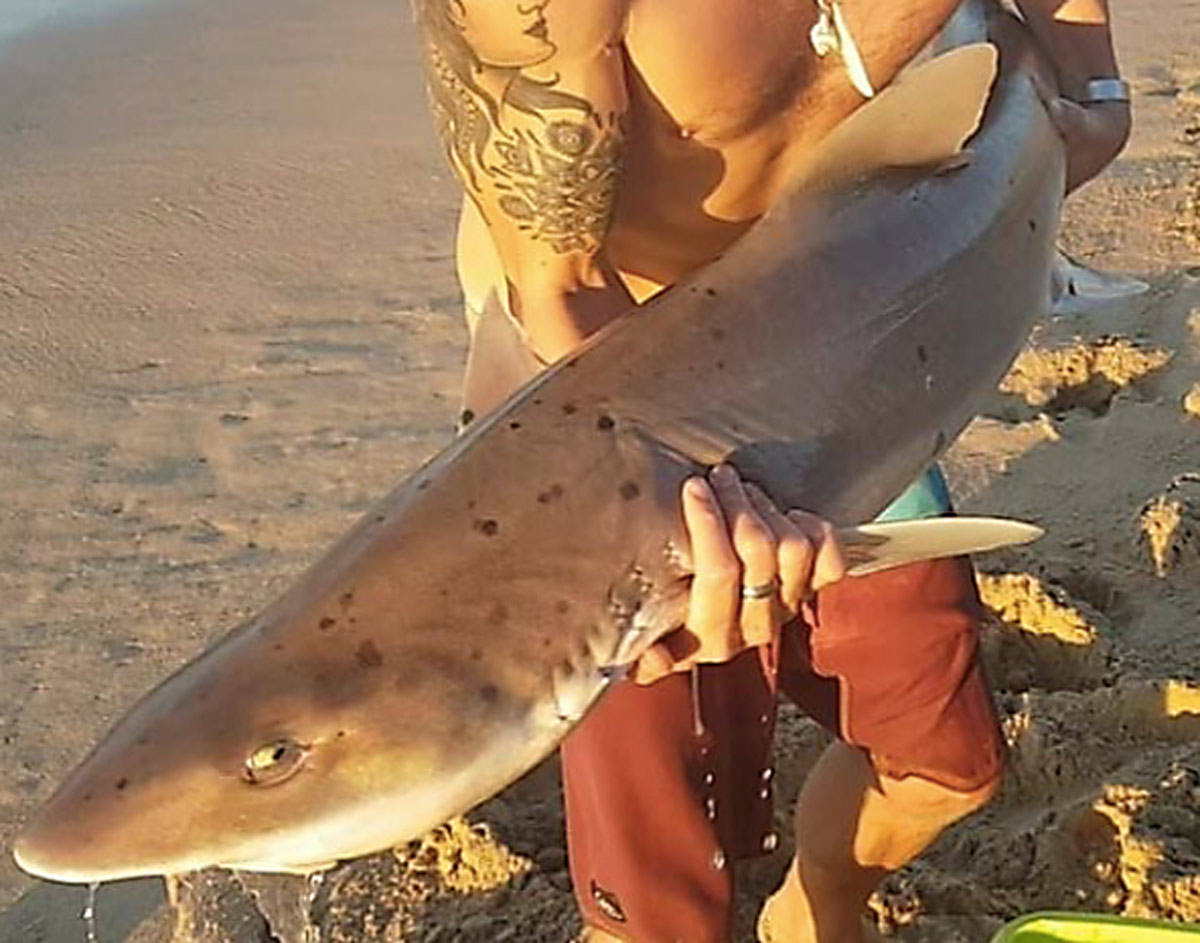To monitor platinum concentration in water, scientists are turning to novel technology that mimics the way mussels work. Katie Biggar reports.
The Hex River, which owes its name to the Afrikaans word for “witch”, is a pretty little stream when it starts life high in the Magaliesberg bushveld – an area of rugged beauty. But by the time it has meandered north, exited the Olifantsnek Dam, passed through farmlands, and under the N4 – the main road to Sun City – to reach Rustenburg, there’s nothing bewitching about it.
At Boitekong informal settlement, north of Rustenburg, plastic and other trash litter the river and its banks. It’s hardly the sort of place you would go for a stroll much less take to the waters. But, hello! What do we have here? Trudging through the cold water, amid the bobbing soda bottles and chip packets, is a tall middle-aged man in waders, sunglasses, and a cap.
If you didn’t know better you might imagine he’s a fisherman. But Victor Wepener is out angling for much more than Barbel or Kurper. Rather than a rod, he carries a plastic basket. And packed carefully in it is not a single hook or lure, but instead a dozen small vials, sharing space with a buoy, a collection of ropes, cable ties, and a weight.
The vials are made of Perspex tubing, a type of acrylic plastic. And inside these clear tubes are chelexbeads – small glass beads – suspended in highly purified water, and enclosed by two polyacrylamide gel layers – a jelly-like substance that lets only certain substances pass through.
Prof Wepener, to use his title, is a small band of students.

For two years, in the dead of winter and when summer swelters, Wepener, and his students have been bringing their baskets down to the Hex River and in carefully noted locations, anchoring the vials in its waters.
Sure, the litter is unsightly, but it’s beneath the water surface where things can turn ugly, and where the team’s attention is focused.
The Hex flows through the heart of South Africa’s platinum belt, home to the majority of the world’s platinum reserves and mines. The precious metal that turned Rustenburg into a boomtown (in the 2000s it was said to be the country’s fastest-growing municipality), can be incredibly toxic to life when it gets into watercourses. This is why it is vital to keep tabs on concentrations of the metal and others in water.
Wepener, an ecotoxicologist with the Unit of Environmental Sciences and Management at North-West University, and his team have been doing just that.
With their beads, vials, and gels, they have fashioned “artificial mussels”. While these look very different from the bivalve molluscs many of us know from the rocky seashore or our dinner plates, there are similarities. Both real and artificial mussels can filter water by the gallon – over 25 litres a day – including toxic heavy metals, such as platinum.
Bioprospecting
Wepener hopes artificial mussels will make it easier to monitor pollutants.
“This is a sort of bioprospecting – seeing what makes mussels such an effective water purifier and building it into materials like carbon nanotubes. Mussels are not a very complex organism and it’s well recorded that bivalves play a very important role in maintaining ecosystem services such as water purification,” he says.
Artificial mussels were first developed by Prof Rudolf Wu, of City University in Hong Kong, using coated glass beads to measure concentrations of the heavy metals copper, chromium, lead and zinc in the ocean.
Wepener has been working with artificial mussels since the early 2000s when these devices were deployed in several of South Africa’s harbours.
In 2017 he joined forces with colleague, Prof Nico Smit of the Water Research Group at North-West University, and Prof Bernd Sures, an aquatic ecotoxicologist from Germany’s Universität Duisburg-Essen, to adapt artificial mussels for freshwater environments, in what they believe is a novel approach to assessing platinum toxicity in aquatic environments.
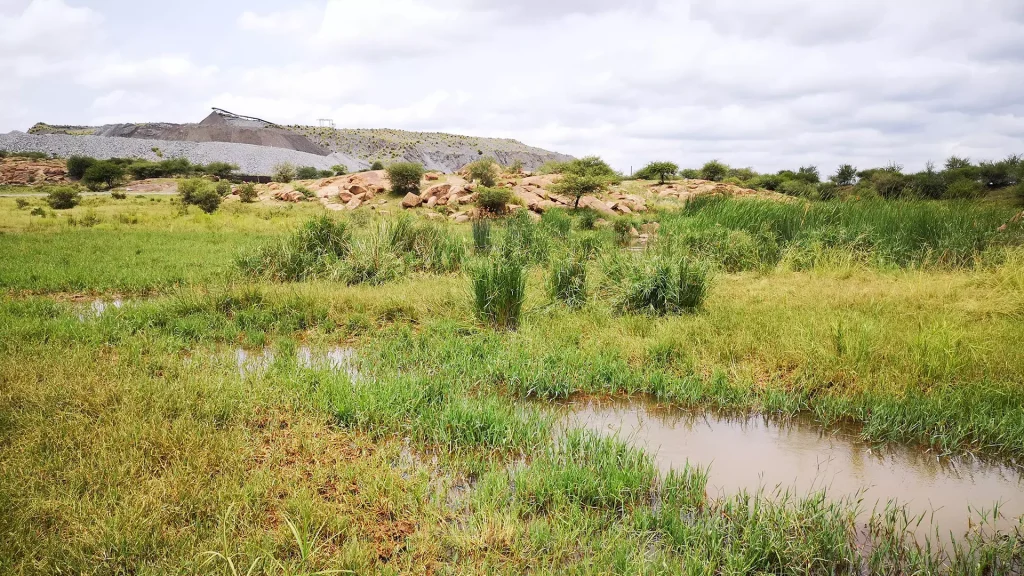
‘Natural Progression’
“It was a natural progression after working with the artificial mussel for so many years,” says Wepener, who reckons the device is showing real potential for applications in freshwater environments like rivers.
Advances in technology come at a time when water quality has been deteriorating – not only in the polluted rivers of the platinum belt – but across South Africa, with mining being a major culprit.
Despite facing various difficulties, including “logistics constraints”, the mining industry remains vital to South Africa’s economy, contributing over R200 billion – more than 10 billion US dollars – to the gross domestic product. But pollution generated by mining has left the country’s rivers over-exerted – unable to deal with any more contaminants, says water resource management expert Anja du Plessis.
“Continued misuse and exploitation of this vital natural resource will have dire consequences shortly,” she says.
Du Plessis, an associate professor at the University of South Africa, warns that when it comes to water pollution, we can’t keep treating the symptoms like we are doing now. We have reached a saturation point and drastic action must be taken – which is why monitoring heavy metal levels in freshwater ecosystems is so important. What gets measured gets fixed, or so says the adage, and it’s the raison d’être for the Hex River artificial mussels project.
Proliferating Platinum
South Africa is the largest producer of platinum and the world’s main supplier of platinum group elements, such as platinum, palladium, and rhodium. These have a wide range of uses in the medical, technological, and electronic sectors as well as the automotive industry.
Over the past few decades, platinum levels in the environment have increased globally, mainly due to the introduction of catalytic converters in vehicle exhaust systems (ironically to reduce airborne pollution), as well as mining and its related activities, like abstracting water and dumping tailings (mining leftovers).
Living organisms exposed to platinum group elements can suffer serious health problems, including asthma, nausea, hair loss, skin diseases, and even miscarriages.
But it is not only about monitoring pollutants in our vital freshwater systems. Artificial mussels hold promise for treating wastewater too. Elsewhere in the world, says Wepener, researchers are starting to design artificial mussels for placement in sewage treatment plants.

Sea Link
What goes into rivers – pollution included – eventually reaches the sea. It’s a truth we were reminded of during KwaZulu-Natal’s 2022 floods. The province’s rivers came down in spate, causing over 400 deaths and displacing more than 40,000 people. Billions of rands worth of infrastructure were damaged too, including wastewater works and pipelines, releasing untold quantities of untreated sewage into the sea.
The subsequent massive outbreak of E.coli (Escherichia coli, or E.coli for short – a bacteria found in the intestines of humans and other animals) forced a ban on bathing at beaches in Durban and on the North and South Coasts. This had devastating economic consequences as KwaZulu-Natal relies heavily on tourism and recreational activities. More than 30,000 jobs were lost and people’s livelihoods, food sources, and even spiritual connections with the sea were threatened as the authorities closed beaches.
Du Plessis says the 2022 outbreak was caused not only by the floods but also by poor or non-existent maintenance of wastewater infrastructure.
In addition to contaminants like bacteria, more than 80% of the pollution in the ocean originates on land, according to the National Ocean Service and the United Nations. This includes plastics, heavy metals, fertilizers, and much more, carried by streams and rivers from mines, farms, and factories into bays, harbours, estuaries, and finally out to sea.
Although heavy metals are found naturally in marine systems, man has made matters much worse. And worryingly, while the problem has grown on South Africa’s coast over the past 30 years, the number of studies related to marine pollution monitoring has decreased.
Du Plessis warns that the country’s water resources are threatened and says basic water services nationwide have been declining steadily over the past 20 years.
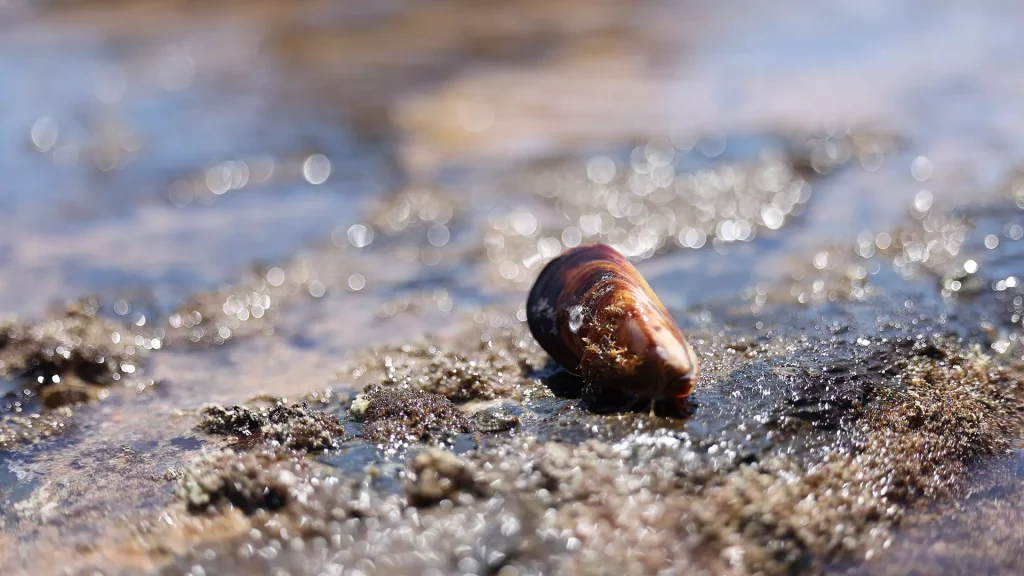
Mussels to the Rescue
Artificial mussels could be part of the solution.
Wepener says that at some treatment plants elsewhere in the world, wastewater is pumped through membranes similar to those used in artificial mussels. “They’ve used a property the mussels have which allows them to retain the substances once filtered,” he says.
The membranes are made from carbon-based nano-materials onto which a coating like that used on the glass beads of the artificial mussel is placed. The coating is effective in trapping or absorbing various substances, says Wepener.
However, he has yet to hear of the technology applied for this purpose in South Africa and more research is needed. The artificial mussels Wepener works with are not able to absorb pollutants on a scale that would be useful for removing metals – only for monitoring.
He concedes that a living mussel is more effective at absorbing, than an artificial mussel. Artificial mussels only take in dissolved metals whereas real mussels take in dissolved and particulate-bound metals.
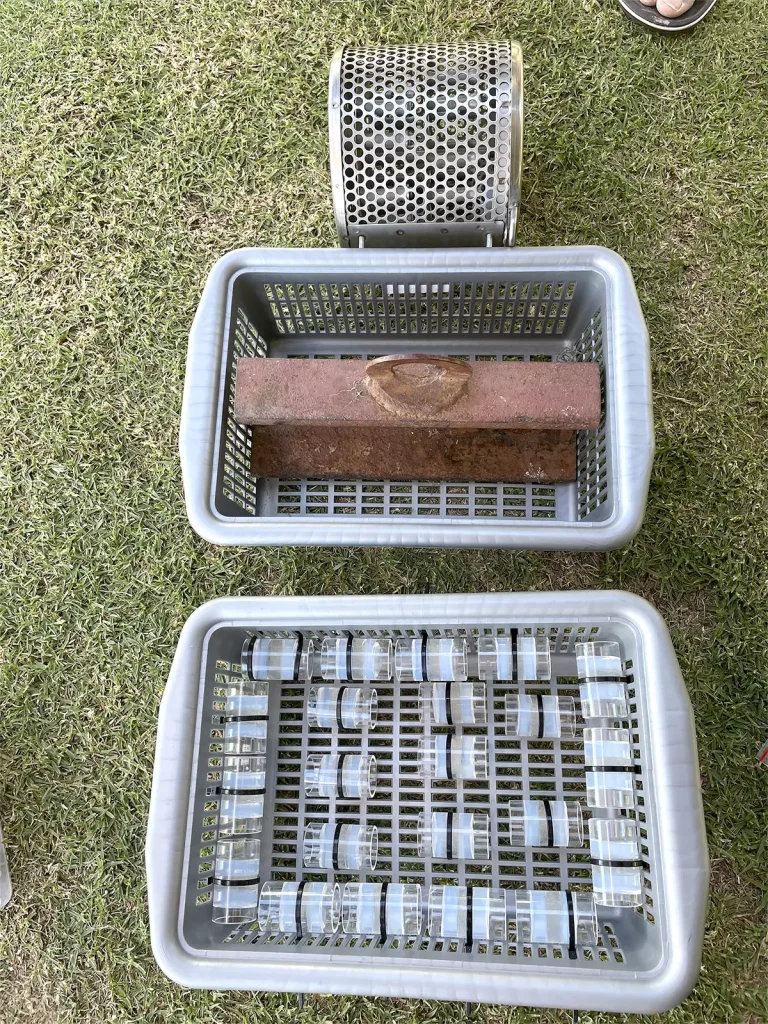
A Bronx Tale
Living mussels have historically been used to monitor pollution levels and metal concentrations in the water because of their amazing filtering ability. Mussels are filter feeders, which means that to stay alive, they take up molecules from the water, trapping even heavy metals in their tissues.
In 2012, researchers in New York suspended a raft full of mussels to monitor and filter contaminants in the Bronx River. They anchored the raft downstream of the Hunts Point Wastewater Treatment Plant, in an area where harvesting was prohibited because the waters were severely contaminated by bacteria.
The study concluded that a fully stocked raft, with more than 300,000 mussels, could potentially sequester more than 60 kilograms of nitrogen in their tissues, shells, and bodily fluids.
Although this represents only a small dent in the yearly nitrogen discharge of Hunts Point, scientists reckon hundreds of rafts could have a real impact.
Where does the nitrogen come from and what’s its significance?
Our body waste, food, and the things we throw down our sinks and put into our dishwashers are the main sources of nitrogen in sewage. Excessive nitrogen in wastewater causes eutrophication, a build-up of nutrients that can cause algae to spread over the surface of water faster than an ecosystem can handle. This reduces oxygen, putting plant and animal health at risk.
Food for Thought
Mussels need very little space so they can live comfortably on rafts or in mussel cages. Experts believe they are perhaps the easiest bivalve to grow.
Mussels have long been grown on rafts in South Africa. In Saldanha Bay, they have been farmed for the past 15 years.
Nor is South Africa a stranger to using living mussels for pollution monitoring.
The Mussel Watch Programme, an initiative started in the United States to monitor water quality, has been adopted by many countries. South Africa’s Department of Environmental Affairs and Tourism took up the program in 1985, monitoring heavy metal concentrations in the tissues of the Mediterranean mussel (Mytilus galloprovincialis) in the Western and Northern Cape. In the early 2000s, the programme was expanded to Durban and East London, however, it has since been curtailed.
According to the Department of Forestry, Fisheries and Environment, the Mussel Watch Programme is still operational but has evolved into a coastal pollution monitoring programme on the West Coast. Logistical constraints brought an end to sampling on the East Coast in 2017, says the department. It added that it is engaging with partner institutions to expand the more comprehensive pollution monitoring happening on the West Coast to elsewhere in the country.
“The programme is now monitoring four sites, namely Strandfontein, Milnerton, Saldanha Bay, and Port Nolloth, in the Western Cape,” says department spokesman Peter Mbelengwa.
Mussels have their limitations as a monitoring tool, however. Factors including age, sex, reproductive phase, water temperature, and salinity can heavily affect the way individual mussels accumulate and filter.
And there’s another issue: To measure the contaminants, you have to kill the mussel.
With artificial mussels, of course, there’s no killing to assess the pollutants they’ve absorbed. They also offer standardization and can be deployed in freshwater and marine environments.
Wepener’s novel approach to measuring toxicity in water bodies has applications not only in the North West but across the country. He is now in the process of validating the tool for measuring mercury in Walvis Bay Harbour and Swakopmund, in Namibia.
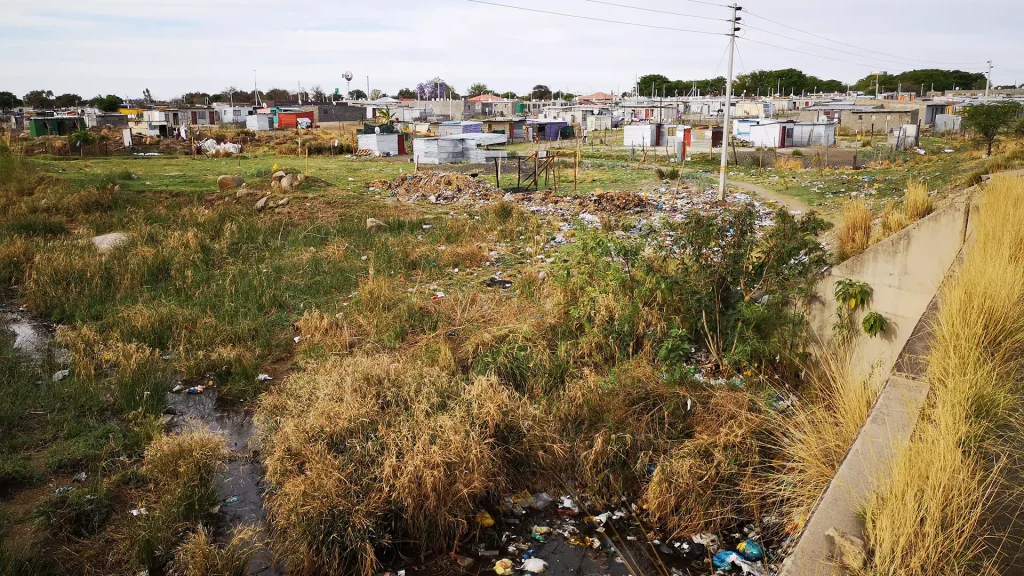
Great Value
Be they real or artificial, the value of mussels is hard to overstate.
In South Africa, mussels are a delicacy for some and a staple food for others. Mussel farming is the second biggest contributor to South African mariculture production. Furthermore, mussel collecting is common all along the East Coast. They represent a rich source of protein in a country where nearly half the population lives in poverty, according to Stats SA, and where food security remains a pressing concern.
In 2021 marine scientist Tembisa Jordaan made a film, Ulwandle Lushile – Meeting the Tides. It’s a story of women in the rural community of Sokhulu, KwaZulu Natal, who are continuing a mussel harvesting legacy years after they were barred from their coastal lands during apartheid. This film encapsulates many South African stories of mussels and people.
“Mussels are a means of survival for these women and so many other countless people,” says Jordaan.
“They have an incredibly deep connection with nature and need to be included in all decisions around these animals and ecosystems. It just makes sense.” – Roving Reporters
•• This story was made possible by funding and support from Internews’ Earth Journalism Network.
Authors

Katie Biggar is a marine biologist, independent filmmaker, multimedia writer and Ocean Watch correspondent for Roving Reporters.

As part of EJN’s Ocean Media Initiative, Katie Biggar was mentored by EJN editorial associate Lauren Finch, a Spain-based writer, editor and translator with a background in mission-driven journalism. This included helping Katie work out the angle of her story, thinking expansively at first about all things mussels, then honing in on the artificial device — without losing sight of the actual living creature. Together, they refined the structure of the piece and brainstormed sources whose voices might make a compelling addition. In the final editing process, particular attention was given to the story’s flow, accessibility and connection to the bigger picture.
